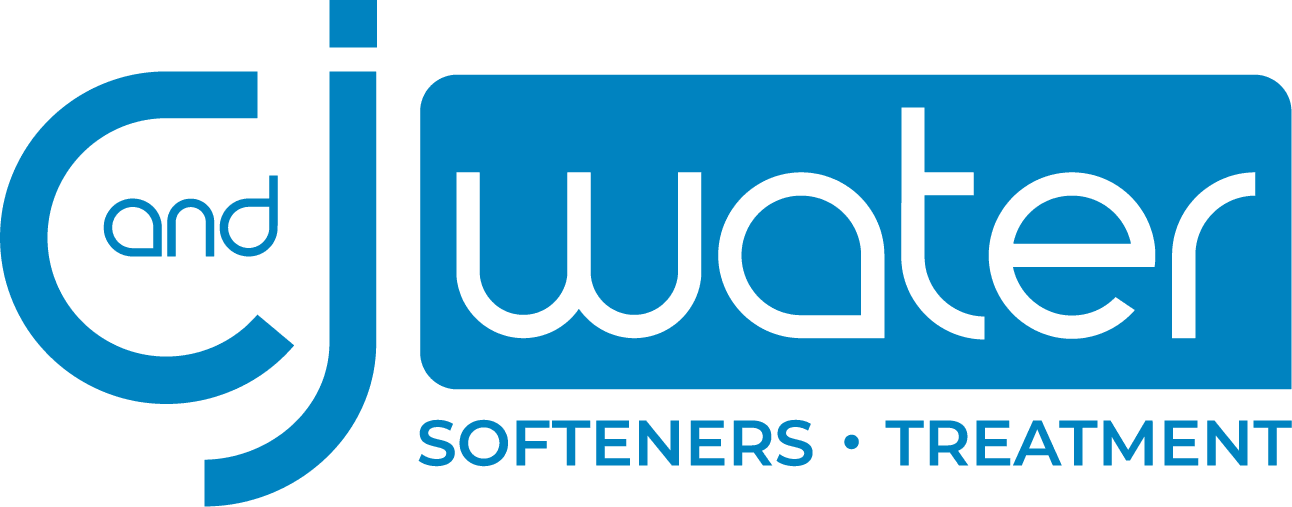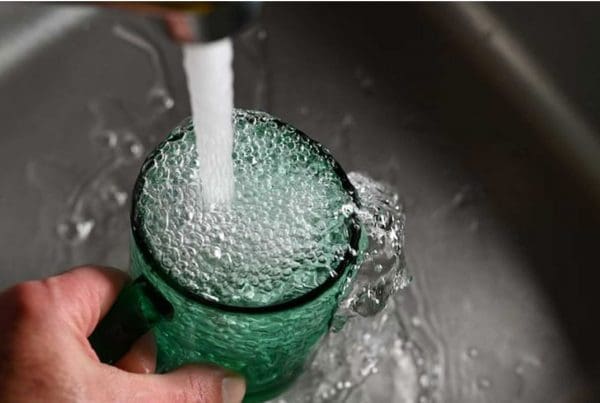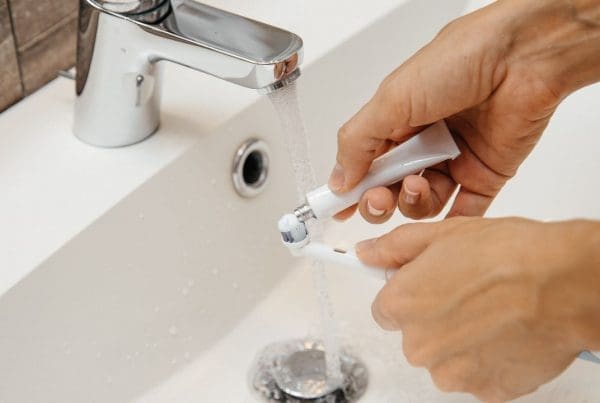What Are the Regulations Protecting Public Drinking Water Sources?
Many people in the United States consume tap water without giving it a second thought. When you add a cup of tap water to a recipe, gulp it down during an intense workout, or bathe an anxious dog in the bathtub, you rarely consider the water’s source and what is undertaken to ensure it is accessible and safe. Yet up until the latter half of the twentieth century, there was no federal regulation protecting drinking water. Instead, what existed was a patchwork of state- and local-level water regulations created to deal with providing adequate quantities of drinking water to growing communities, with little thought given to the safety of the water itself.
In 1974, President Gerald Ford signed into law the Safe Drinking Water Act (SDWA) the first piece of legislation of its kind to provide a comprehensive regulatory framework for overseeing the nation’s drinking water supply. The law has proven instrumental in setting standards for ensuring that the US population can access drinking water that is safe. However, the law delegates much of its monitoring requirements to states, creating, at times, a confusing and complicated system of standards that must be adhered to and enforced. Although it has proven valuable in the safety standards it specifies, the law’s administration and enforcement pose tremendous challenges.
Why are regulations for public drinking water necessary?
You can investigate more about the history of water regulation here, but federal oversight of interstate transportation waters was launched to limit microbes and chemical, organic, and radioactive materials in water and to monitor and test water supply systems.
As mentioned above, the Safe Drinking Water Act, (SDWA), was passed in 1974 and authorizes the EPA to regulate drinking water quality. Standards are set at the federal level and states have primary responsibility for enforcement. When a water system fails to meet an EPA-mandated drinking water standard, a drinking water violation can be issued. Violation occurrence and reporting may differ across states due to differences in enforcement, financial resources, source water quality, and treatment costs. In addition, states are able to set stricter standards than federal SDWA rules. Ensuring a safe water supply for communities across the United States is a growing challenge in the face of aging infrastructure, impaired source water, and strained community finances. Identifying threats and potential improvements to water services are needed, given that an estimated 16.4 million cases of acute gastroenteritis each year in the United States are attributed to community water systems.
 What are the federal regulations for public drinking water?
What are the federal regulations for public drinking water?
The U. S. Environmental Protection Agency (EPA) sets standards and regulations for many different contaminants in public drinking water, including disease-causing germs and chemicals. Under the SDWA, the EPA sets the standards for drinking water quality and monitors states, local authorities, and water suppliers who enforce those standards. As part of the SDWA, the EPA has set maximum contaminant levels, as well as treatment requirements for over 90 different contaminants external icon in public drinking water.
According to the EPA, there are primary and secondary regulations for drinking water. The EPA has established National Primary Drinking Water Regulations that set mandatory water quality standards for drinking water contaminants. These are enforceable standards called “maximum contaminant levels” (MCLs) which are established to protect the public against consumption of drinking water contaminants that present a risk to human health. An MCL is the maximum allowable amount of a contaminant in drinking water that is delivered to the consumer.
Secondary contaminants are not health-threatening and the public water systems only need to test for them on a voluntary basis. The EPA believes that if these contaminants are present in your water at levels above these standards, the contaminants may cause the water to appear cloudy or colored, or to taste or smell bad. This may cause a great number of people to stop using water from their public water system even though the water is actually safe to drink. Secondary standards are set to give public water systems some guidance on removing these chemicals to levels that are below what most people will find to be noticeable.
What are Indiana state regulations for public drinking water?
Indiana’s drinking water is regulated by the Indiana Department of Environmental Management (IDEM). The Drinking Water Branch carries out the requirements of the federal Safe Drinking Water Act (SDWA) which is designed to ensure that Public Water Supplies (PWS) deliver water to Hoosier homes and businesses that is adequate in quantity and is safe to drink. We do this by concentrating on the water from the source all the way to the tap. The branch’s main activities include performing inspections at PWSs, verifying water quality compliance, issuing construction permits, following up on violations at PWSs, responding to citizen complaints, providing technical assistance, making sure that PWSs are under appropriate supervision, and generally ensuring that PWSs provide safe water to Indiana citizens.
The branch also administers the Source Water Protection Program and Indiana’s Cross Connection Control Program which aid in the protection of drinking water. To help ensure the safety of citizens using private wells, the branch responds to individual private well complaints. The Drinking Water Branch performs monitoring of ambient groundwaters and assists with the implementation of the State’s Groundwater Standards to protect our groundwater resources.
 How can I monitor my public drinking water?
How can I monitor my public drinking water?
Ultimately, you are responsible for the quality of water you allow your family to use. That said, every public water system or community water supplier must provide an annual report, sometimes called a Consumer Confidence Report (CCR), to its customers. The report provides information on local drinking water quality, including the water’s source, contaminants found in the water, and how consumers can help protect their drinking water. IDEM sets Water Quality Standards (WQS) and requires water suppliers to publish a water quality report every year. Water Quality Standards are the foundation of the water quality-based control programs mandated by the Clean Water Act. You should be able to find the report for your water on the supplier’s webpage, or you can request it be sent to you. First, identify your local public water system. If you pay a water bill, the name, address, and telephone number of your supplier should be on the bill. If you do not pay a water bill, then contact your landlord, building manager, or the local health department—they should know.
Next, contact your local public water system. Inquire about your supplier’s monitoring for secondary contaminants. Ask for the list of contaminants that are being monitored in your water supply. Does the water being delivered to the public meet these standards? If you have not yet received notice from your supplier, ask how you can get a copy of the monitoring results. Contact your state drinking water program if your water supplier is unable to provide the information you need. Ask if your water supplier is consistently in compliance with both primary and secondary drinking water regulations. Request a copy of monitoring results that were submitted to the state by your supplier.
If you have a private well and you think that the well may be near a source of contamination or may have been contaminated—have your water tested by a certified laboratory.
How can C and J Water help me monitor my water quality?
There are several things you can do on your own to ensure you are making good choices about water quality and C and J Water can partner with you to make these decisions. The water experts at c and j are here to help customers get quality, affordable water. We can do a free water analysis and recommend the best water treatment solution for your home and family. Get high-quality water that protects your appliances, your clothes, and your body. You can count on C and J Water to find a complete water solution for your household—contact us today!


 How can I monitor my public drinking water?
How can I monitor my public drinking water?

